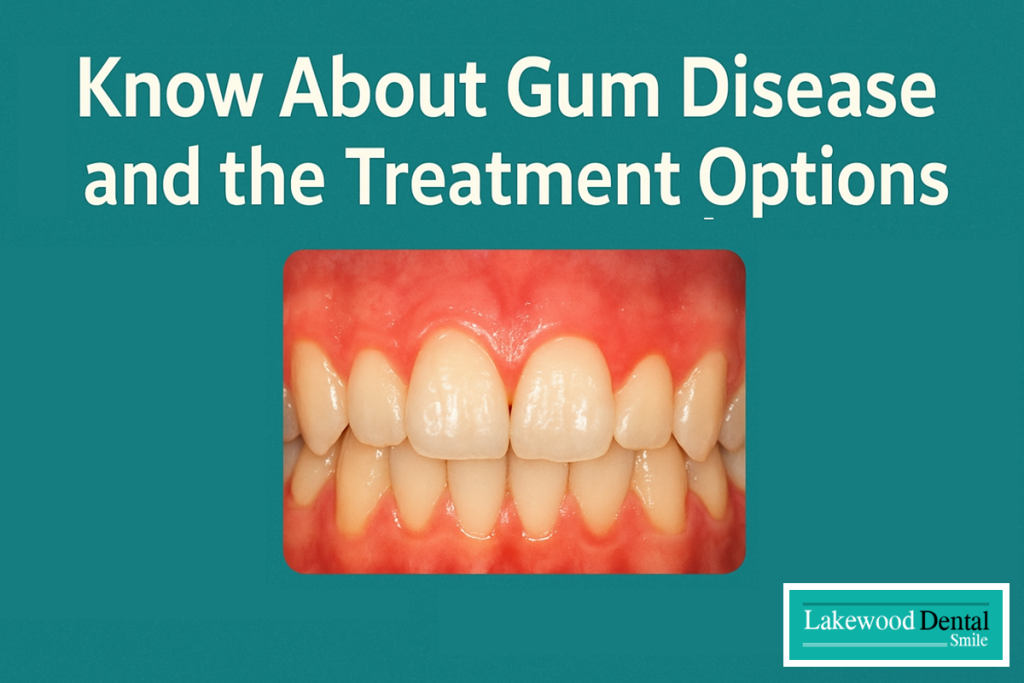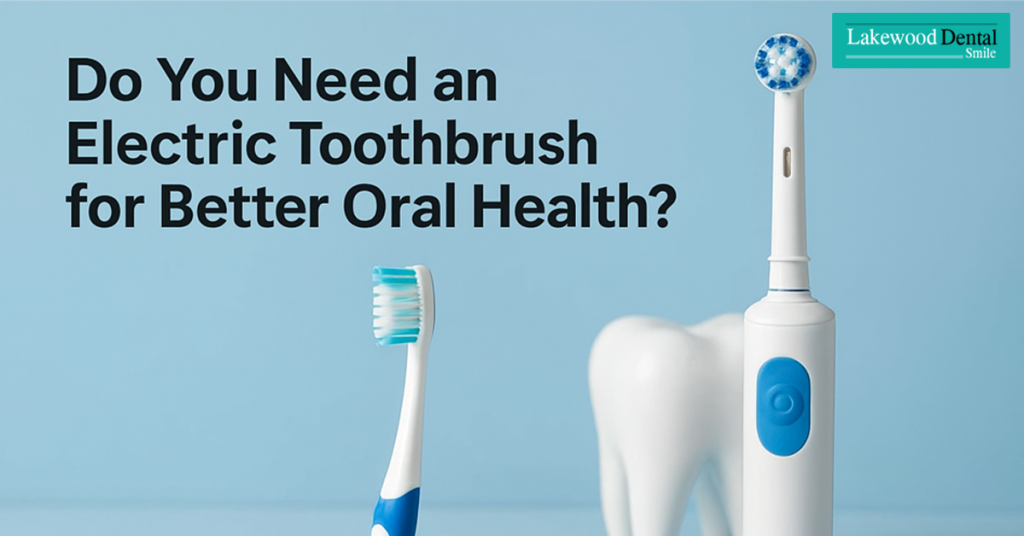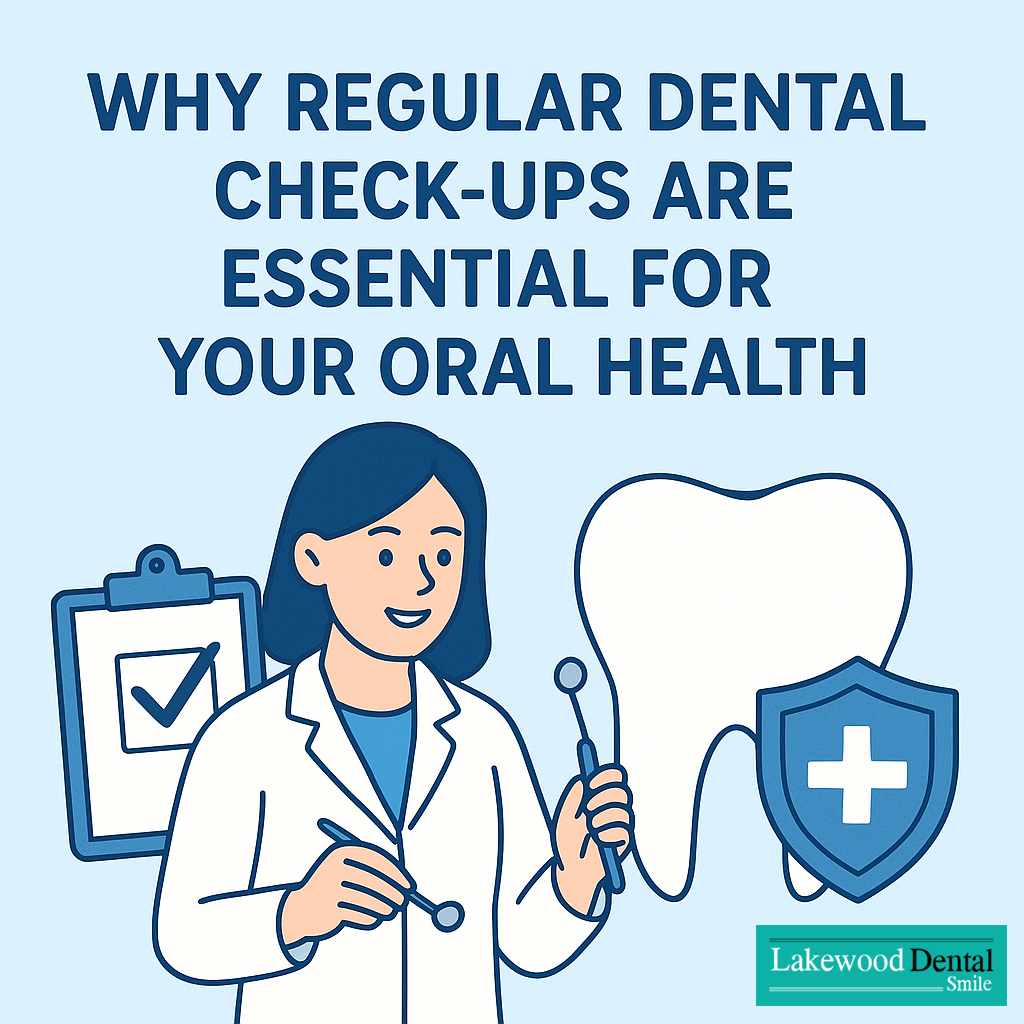Gum disease, also known as gingivitis, is the inflammation of the tissues surrounding the teeth. It is most commonly caused by poor dental hygiene. Gum disease is very common, and its severity can range from mild to advanced. Early signs include red, swollen gums that bleed easily when brushing or flossing.

Gingivitis vs. Periodontal Disease
- Gingivitis: Involves inflammation of the gums caused by plaque buildup. At this stage, damage is reversible with proper care.
- Periodontal Disease: Occurs when infection spreads deeper, affecting the bone supporting the teeth. Plaque that isn’t removed hardens into tartar, which only a dentist can clean.
If untreated, gingivitis can progress to periodontitis. The infected bone pulls away from the teeth, forming deep gum pockets where more bacteria accumulate. Over time, this leads to bone loss and, eventually, tooth loss.
Causes of Gum Disease
While poor oral hygiene is the main cause, other risk factors include:
- Smoking or tobacco use – slows healing of gum tissue.
- Crooked teeth – create hard-to-clean areas where plaque collects.
- Alcohol use – affects natural oral defense mechanisms.
- Stress – weakens the immune response to infection.
- Infrequent dental visits – allow plaque and tartar to build up.
- Dry mouth (low saliva production) – reduces natural cleansing action.
- Uncontrolled diabetes – increases risk of infection.
What are gum disease symptoms and signs?
A person with gingivitis will usually have one or more of the following signs and symptoms:
- Bright red, swollen gums that bleed very easily (even during brushing or flossing)
- A bad taste or mouth odor
- White spots or plaques on the gums
- Pus between gums or teeth
Signs and Symptoms
You may have gum disease if you notice:
- Bright red, swollen gums that bleed easily
- Persistent bad breath or bad taste
- White patches or pus on gums
- Receding gums or tooth sensitivity
- Loose teeth in advanced stages
How Dentists Diagnose Gum Disease
- Pocket depth measurement: Healthy gums measure 1–3 mm. Deeper pockets suggest advanced disease.
- Dental X-rays: Show bone loss around teeth.
- Clinical exam: Checks for redness, swelling, and bleeding gums.
Treatment Options for Gum Disease
The goal of treatment is to remove infection, stop progression, and restore gum health. Treatment may include:
- Professional dental cleaning – Removes plaque and tartar above and below the gumline.
- Scaling and root planning (deep cleaning) – Smooths root surfaces and removes bacteria from deep pockets.
- Medications – Antibiotic gels, rinses, or oral antibiotics may be prescribed.
- Surgical treatments (for advanced cases): flap surgery, gum grafts, or bone grafting to restore support.
- Lifestyle changes – Quitting smoking, managing diabetes, and maintaining daily oral hygiene are essential for long-term success.
Preventing Gum Disease
The best way to avoid gum disease is by practicing daily oral hygiene and staying consistent with dental care. Simple steps include:
- Brushing twice a day with a fluoride toothpaste
- Flossing once a day to clean between teeth
- Using an antibacterial mouthwash as recommended by your dentist
- Scheduling professional dental cleanings at least twice a year
- Avoiding tobacco and limiting alcohol use
- Managing health conditions like diabetes, which increase gum disease risk
- Prevention not only saves your gums but also protects your overall health, as untreated gum disease has been linked to heart disease, diabetes complications, and other systemic health problems.
Prevention not only saves your gums but also protects your overall health, as untreated gum disease has been linked to heart disease, diabetes complications, and other systemic health problems.
Gum Disease Treatment at Lakewood Dental Smile, Dearborn MI
At Lakewood Dental Smile, we customize treatment plans based on the severity of your gum disease. From preventive care and professional cleanings to advanced periodontal treatments, our team helps restore healthy gums and protect your smile.
Advanced Treatment Options
In more advanced stages of gum disease, additional treatment may be necessary beyond routine cleanings. Depending on the severity, this could include deep cleaning procedures, specialized therapies, or even surgical options performed by a periodontist.
At Lakewood Dental Smile, we carefully evaluate your situation and, if needed, coordinate the best treatment plan to restore your gum health and protect your teeth.





